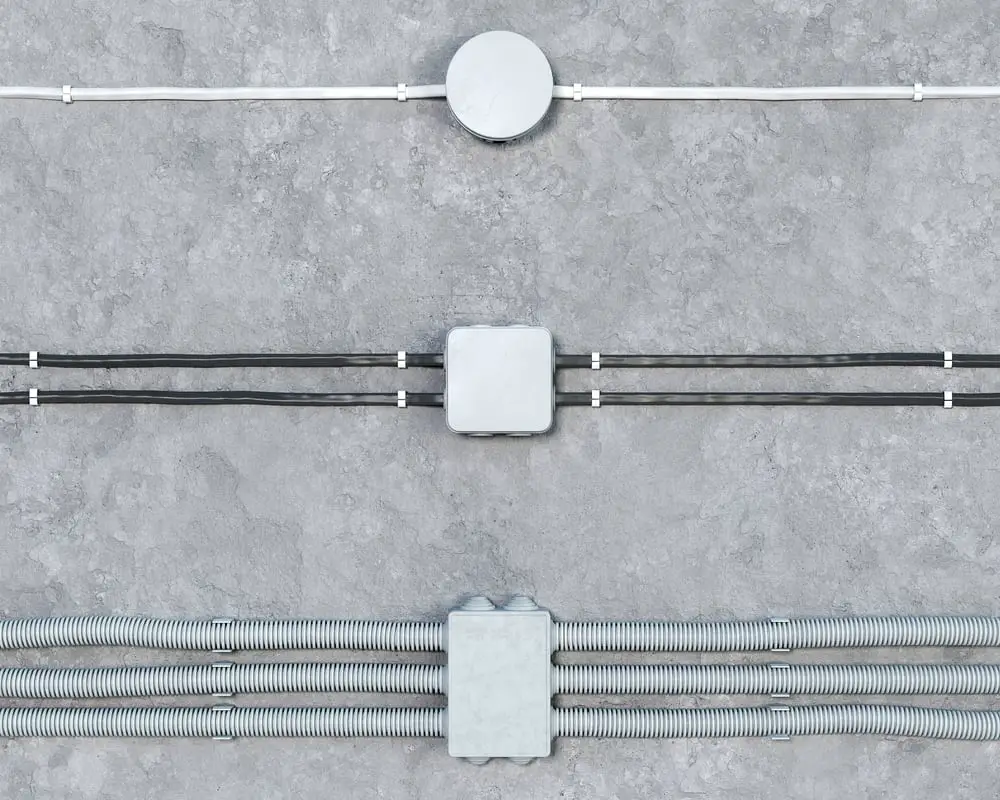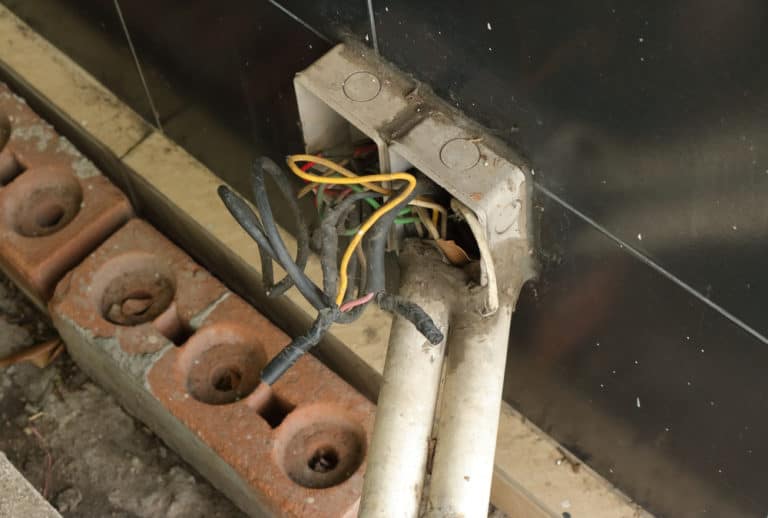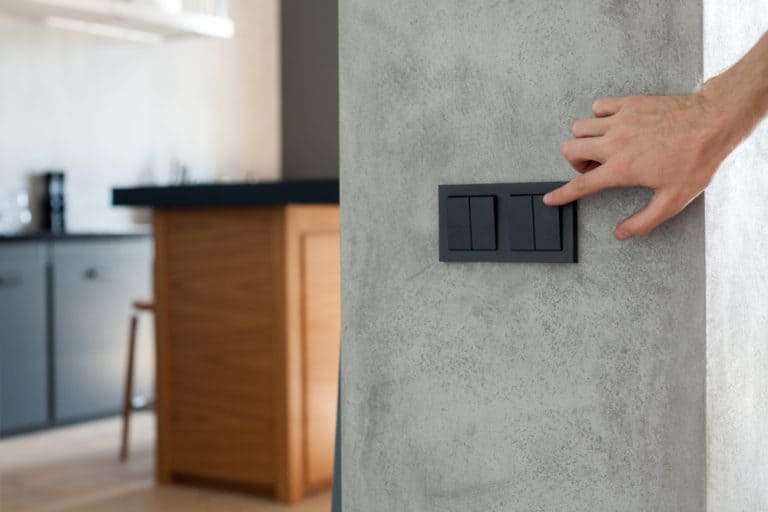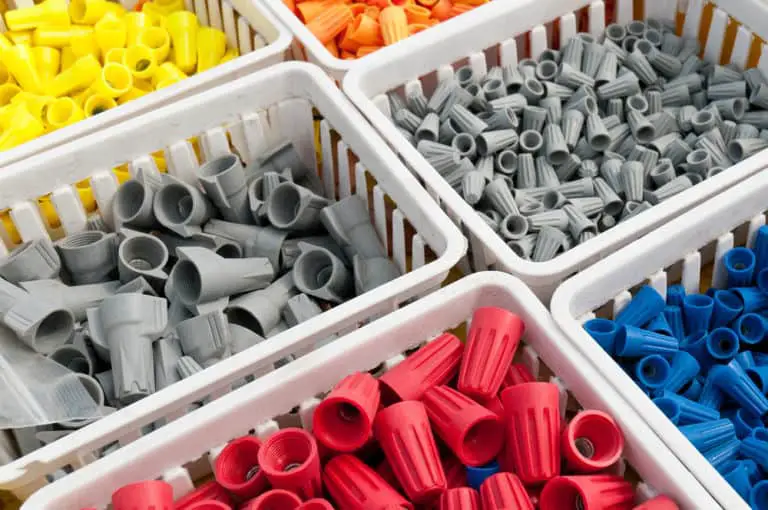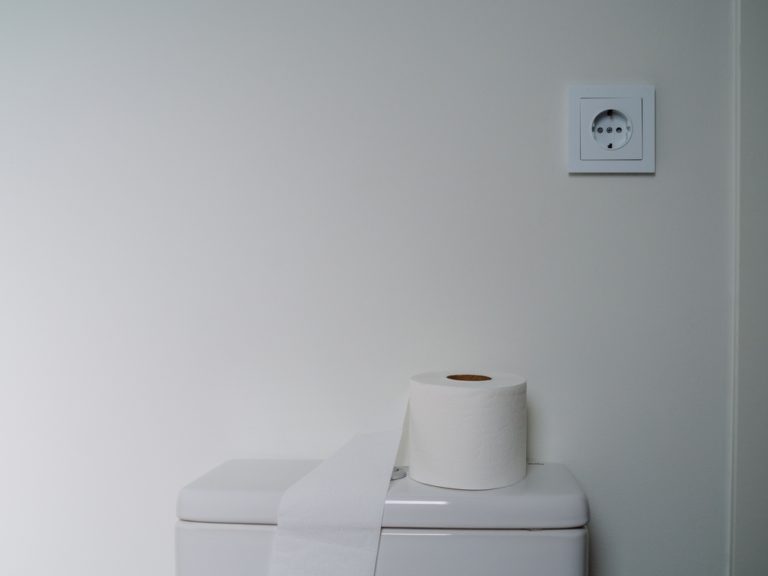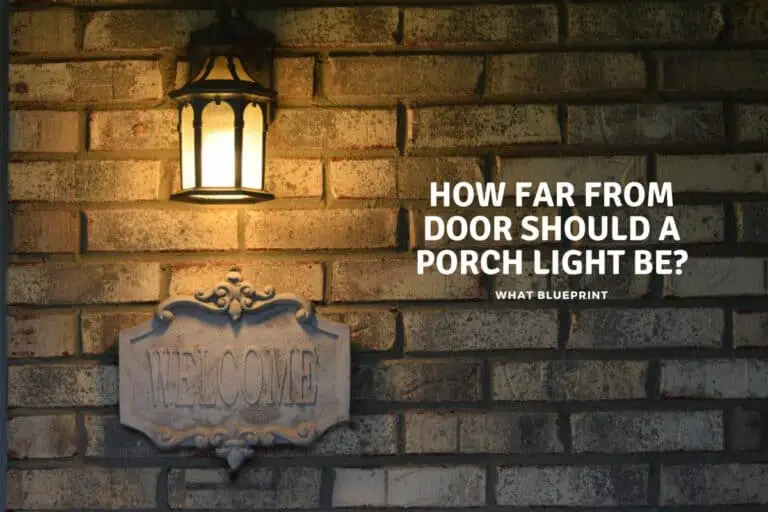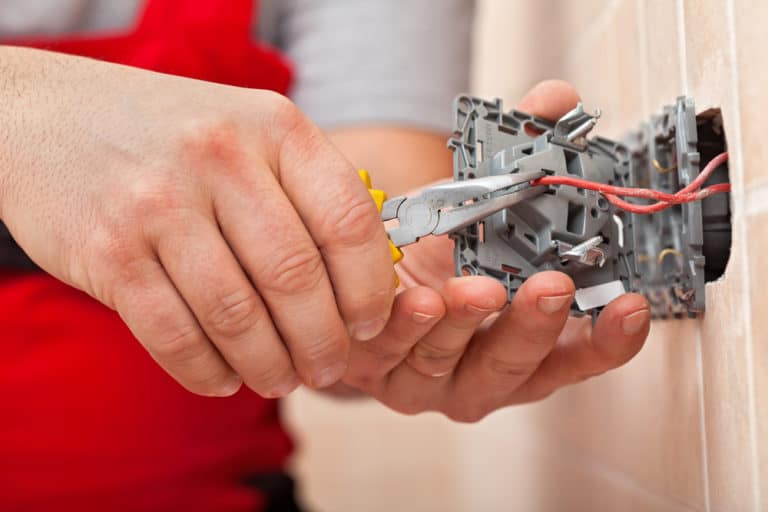Can You Put a Junction Box in a Crawlspace?
Junction boxes are great if you need to add more outlets and other electrical needs for your homes. Crawlspaces are a common foundation type for most houses. The question now is if it’s appropriate to put up a junction box in your crawlspace.
It is possible to put up a junction box in your crawlspace. Your main concern should be the accessibility of your junction box and if it’s well-protected enough. Junction boxes are used to allow wires to connect safely; this is important as electrical systems are dependant on each other to execute their functions properly.
Read on as we’ll be going into junction boxes, how to install them onto a crawlspace, and all the considerations that you’ll need to make for a project like this.
Junction Box: What are they?
Junction boxes are used to allow wires to connect safely; this is important as electrical systems are dependant on each other to execute their functions properly. Remember that there are three types of wires that operate within a home’s electrical system which are:
- The live wire(also called the hot wire)
This is the wire that electrical currents pass through.
- The dead wire (also called the neutral wire)
The wire redirects any unused electricity back towards the system, which allows your system to make the most out of the electricity being used.
- The grounding wire.
A failsafe wire that activates when something goes wrong. This wire redirects electricity towards the copper plate on the ground to safely remove electricity from the system.
Now that we’ve gone into the different types of wires in your home, you can begin to understand better how helpful junction boxes are for your electrical system. You can imagine how messy it would be if every wire were independent of each other.
This is where junction boxes come in. As we mentioned earlier, this is where the different wires can connect and “help” each other out in fulfilling their respective tasks.
How will they fit into crawlspaces?
Junction boxes will be able to fit into any crawlspace. Your main concern is if you can access it without having to tear your house apart. Just because a junction box can fit doesn’t automatically entail that you should put it there.
It’s recommended that your crawlspace should have a clearance big enough for you to be able to work with tools while you’re underneath it; around 1 meter should be good. It would be difficult to check on your junction box when something goes wrong if your movement is limited.
Aside from that, having a crawlspace with that sort of spacing helps ensure that your junction box is well-distanced from the ground, and as we know, things that tend to be in contact with soil tend to deteriorate at a fast rate if it isn’t designed to handle it.
How to put a junction box in a crawlspace
Since you looked up this article, we’re assuming that you plan on extending your wiring to meet at a junction box below your crawlspace. Perhaps you’ve found that this is the most optimal location for wires to converge at, and we’ll now be going into how you should go about installing a junction box here.
First off, we’ll start with a few basic safety tips when handling anything related to electricals.
- Turn off the circuit.
Since you’ll be working with a junction box, we recommend that you turn off your entire electrical circuit before working with them. You can do this by switching off the main breaker of your home.
- Using the right tools
Ensure that your tools are designed to work with electricals, a good rule of thumb is to make sure that they have rubber ends and that they are insulated well, meaning they don’t conduct electricity.
- Staying dry
As we all know, water and electricity don’t mix. Since you’ll be working on a crawlspace, make sure that your working environment is dry to prevent you or your tools from getting wet.
- Safety gear
Rubber gloves and safety goggles are always a must-have when working with electricals. Especially with junction boxes in crawlspaces because you’ll most likely be working directly underneath your wires (the last thing you would want are sparks falling into your eyes!).
Now that we’ve covered that, we can begin going into how the installation process should go.
- Setting up the Junction Box
Firstly, you’re going to have to decide where you want to mount your junction box. A good place would be the ceiling of your crawlspace. You should know the number of cables that will be passing through it and the appropriate size of your junction box.
- Setting up the Wiring
You’re going to need to secure your wires with a clamp. The last thing you’d want is for your wires to start moving around, and having them clamped will prevent them from dropping down since we’re installing your junction box on a ceiling.
- Putting it all together
To connect your wires, you’re going to need to strip them of their insulation materials. From there, you’ll have to run them through a wire connector. Once everything is connected correctly, you should try turning on your circuit and check if the connection has worked. If everything goes well, you can close up your junction box.
We think it’s best to give you a general overview of how installing a junction box would go in a crawlspace. We can’t go into the technicals because it varies very differently per homeowner (ex. What your crawlspace is like, how many wires you plan on running through, how old your wire are, etc.)
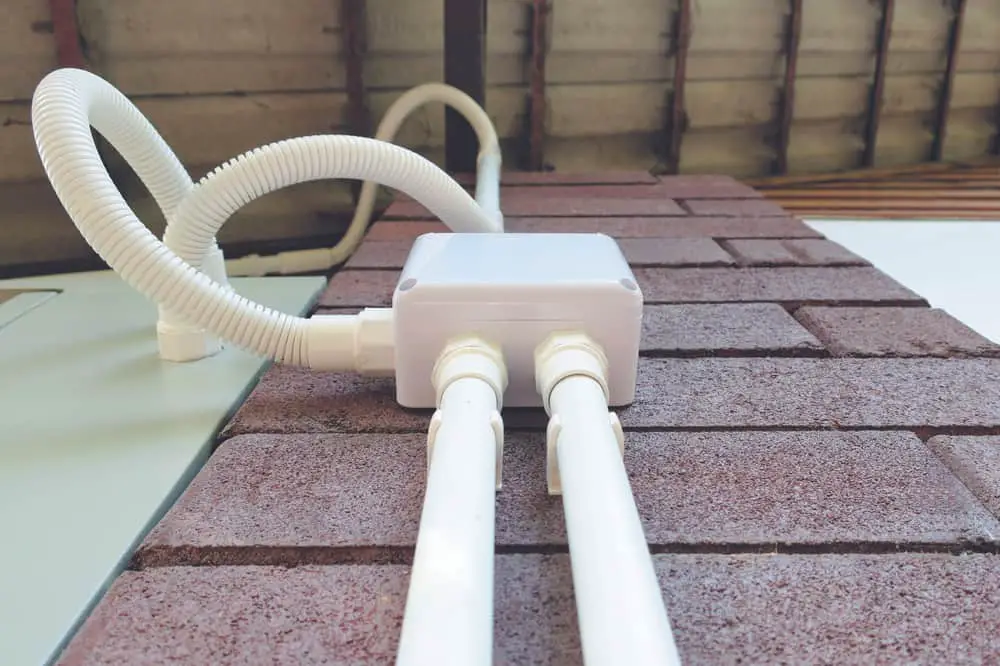
Other concerns for junction boxes
In this section of the article, we just want to give you a few critical parts of the electrician’s code related to junction boxes.
- They should always be accessible.
You can’t put junction boxes in places such as inside your walls, inside your floors, and the like. As a rule of thumb, you should put your junction box in a discreet place, such as your crawlspace.
- Get the right size
Your junction box should have enough space to fit in all the wires you wish to connect with enough clearance from each other. We do not want connectors to be too close to each other, nor do we want wires to be bunched in with each other.
- Configuration
When fitting your different connections into your junction boxes, it’s recommended that you plan out how you’ll be covering the different wires together. Configurations such as straight, curved, and U-shaped should be used to ensure that the cables are neat.
- Securing your wires.
Aside from considering the wires configured inside your junction box, you also have to consider the parts of the wire right outside it. You can secure your wires by stapling them to the ceiling of your crawlspace.
- Label your wires
It’s easy to get lost with all the connections being made inside your junction boxes. When something goes wrong with a fixture, it’s essential to know which wires supply its power to check if there’s anything that went wrong.
If you’re inexperienced with working with electricals, consider hiring an electrician to check on your electrical system and install the junction box for you. Electrical malfunctions are the most common fire hazard in a home, and it doesn’t hurt to shell out a bit extra to ensure that everything is done correctly and safely.
Conclusion
In conclusion, crawlspaces can be a viable place to put a junction box in. You’ll only need to ensure that the junction box is reachable and can be work with future changes or repairs.
Junction boxes help keep electrical circuits from getting entangled by serving as a place where wires can safely connect with each other.
Sources
https://www.thespruce.com/junction-box-1798574
https://www.thomasnet.com/articles/automation-electronics/junction-boxes/
https://www.thespruce.com/how-to-install-junction-boxes-1152327

